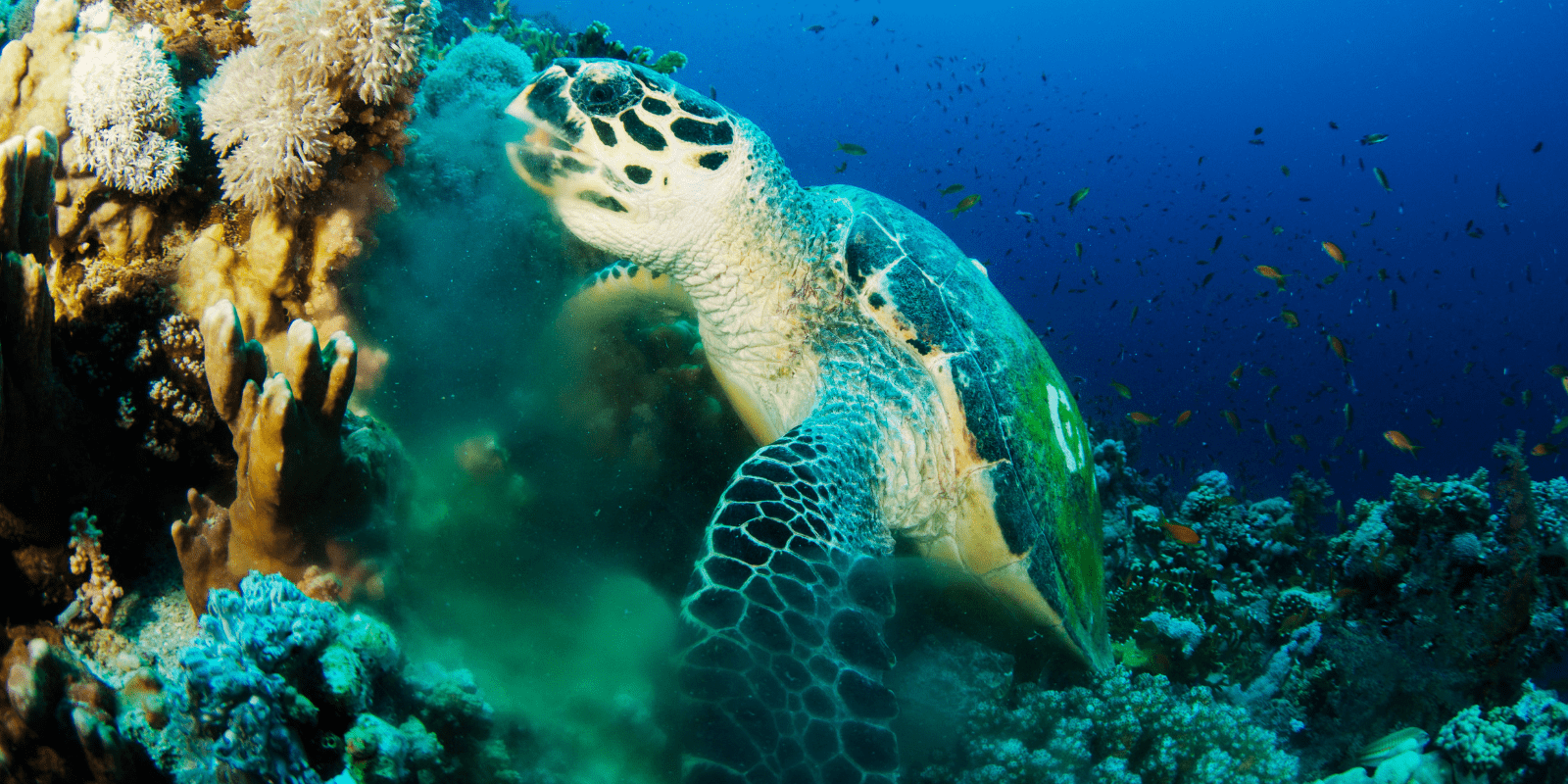We have much more to do and your continued support is needed now more than ever.
WILD Act Conserves Sea Turtles, Fights Poaching and Invasive Species
The Wildlife Innovation and Longevity Driver Act promotes innovation & partnerships for wildlife conservation

Sea turtle hatchlings scamper to the surf, hoping to be one of the few to make it through a gauntlet of natural predation that doesn’t end when they reach the ocean. Only 1 in 1,000 to 10,000 will survive to adulthood. Despite these odds, sea turtles have survived since the time of the dinosaurs. Habitat loss, poaching and trafficking have left all American sea turtle species endangered, though. The Marine Turtle Conservation Fund helps them survive by addressing these threats and the Wildlife Innovation and Longevity Driver (WILD) Act, introduced in Congress today, would reauthorize the fund for another five years.

In addition to the Marine Turtle Conservation Act, the WILD Act reauthorizes the Partners for Fish and Wildlife program, establishes Theodore Roosevelt Genius grants for solutions to prevent poaching, wildlife trafficking and invasive species, and improves invasive species control through amendments to the Fish and Wildlife Coordination Act.
“The National Wildlife Federation believes that collaborative conservation and innovation are essential to ensuring that wildlife thrive in our rapidly changing world,” Collin O’Mara, CEO of the National Wildlife Federation, said. “We are proud to support the WILD Act, sponsored by Chairman Barrasso and Ranking Member Carper — as well as Rep. Lowenthal and Rep. Young — which will spur unprecedented conservation partnerships and unleash innovation to overcome some of the greatest threats facing wildlife.”
The Wildlife Innovation and Longevity Driver (WILD) Act was introduced by on January 28, 2019, in nearly identical versions (H.R. 872 and S. 268) in the Senate and House of Representatives by Sen. John Barrasso (R-WY), Sen. Tom Carper (D-DE), Rep. Alan Lowenthal (D-CA) and Rep. Don Young (R-AK).

Marine Turtle Conservation Act
The Marine Turtle Conservation Act was enacted in 2004 to conserve endangered species of sea turtles, including green turtle, the leatherback, the hawksbill, the loggerhead, Kemp’s ridley, the olive ridley, and the flatback. In 2017, the Marine Turtle Conservation Act Fund provided $2.2 million to 53 projects, which leveraged an additional $3 million in outside funding.
Partners for Fish and Wildlife
The WILD Act reauthorizes the Partners for Fish and Wildlife program, which incentivizes private landowners to provide habitat for migratory waterfowl, threatened and endangered species, and other wildlife. The program celebrated its 30th anniversary in 2017 with broad support from agricultural and conservation interests including Ducks Unlimited, Pheasants Forever and the Oklahoma Farm Bureau.
Theodore Roosevelt Genius Grants
Appropriately named for our first conservationist President, the Theodore Roosevelt Genius Grant program established prizes up to $100,000 for innovative solutions to combat poaching, illegal wildlife trafficking, human-wildlife conflict, and invasive and endangered species.
Fish and Wildlife Coordination Act
The WILD Act addresses the systemic threat of invasive species to wildlife by amending the Fish and Wildlife Coordination Act to increase invasive species prevention, monitoring and control, especially on federally managed lands, and requiring agencies to create strategic invasive species plans.
Multinational Species Conservation
In addition to the Marine Turtle Conservation Act, the WILD Act also reauthorizes multinational species conservation acts for great apes, Asian and African elephants, and rhinoceros, which provide funding to reduce poaching, wildlife trafficking and habitat loss for those species.
The WILD Act was introduced in 2017 as well and passed the U.S. Senate by unanimous consent, but never made it the U.S. House of Representatives. With one third of wildlife species at increased risk of extinction over the coming decades, Congress needs to pass the WILD Act as an innovative part of the solution to solving the wildlife crisis, along with legislation like the Recovering America’s Wildlife Act and reauthorizing the Land and Water Conservation Fund.






















